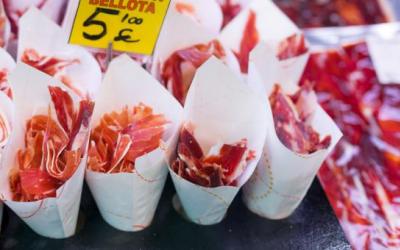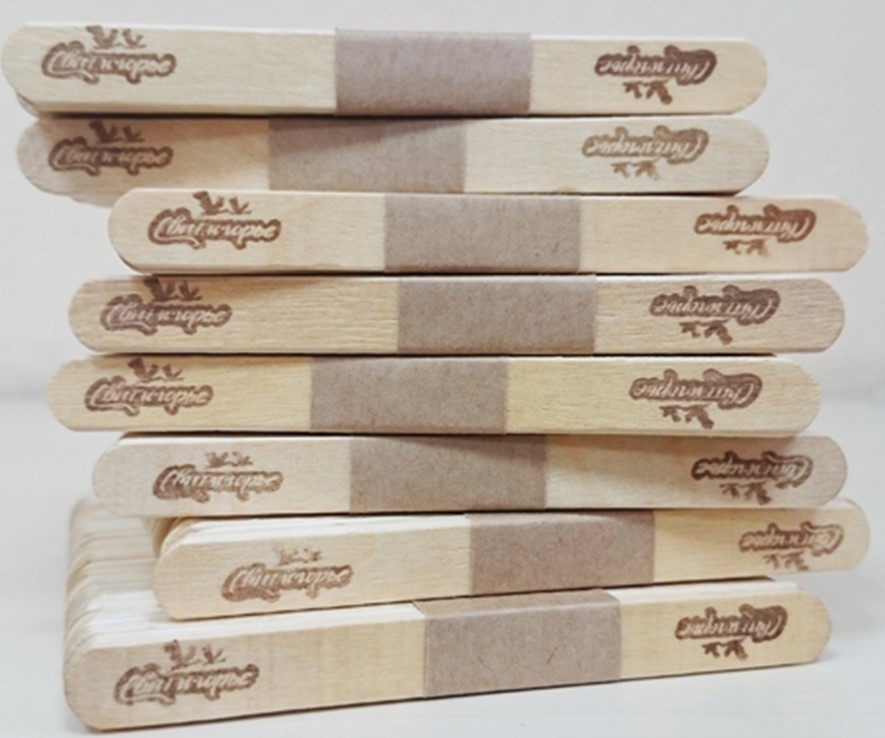In Russia, they began to eat more duck and less lamb

 Rapid tests for fluoroquinolone, erythromycin, lincomycin, tillosin and tilmycosin residues in milk, whey
Rapid tests for fluoroquinolone, erythromycin, lincomycin, tillosin and tilmycosin residues in milk, whey PIONEER MEIZHENG BIO-TECH (5 in1) JC0871/ Rapid tests for the determination of the residual amount of β-lactams, tetracyclines, chloramphenicol, streptomycins, ceftiofur in milk, whey.
PIONEER MEIZHENG BIO-TECH (5 in1) JC0871/ Rapid tests for the determination of the residual amount of β-lactams, tetracyclines, chloramphenicol, streptomycins, ceftiofur in milk, whey.
Over the past three years, through 2022, duck MEAT sales have more than tripled to 35.5 thousand tons.
Its sales from 2000 to 2022 grew at an accelerated pace - by 19.3-78.6%.
In 2022, mutton sales showed a decrease - minus 1.9%, 121.6 thousand tons.
BusinesStat explains the increase in duck sales by the growing demand of Russians for bird species unusual for our market. Moreover, the segment of our traditional chicken meat is about to reach saturation.
The fact that the explosion in sales of duck meat "had a restorative character" also played a role, the company's analysts write. In 2019, only 11.5 thousand tons were sold in the country. This is a collapse compared to 2018 - minus 41%.
Обвал случился из-за ухода с рынка тогдашнего лидера сегмента утки – ростовского «Донстара» Вадима Ванеева. Адекватной по объемам замены не было, и россияне переключились на другие виды птицы – утка никогда не считалась незаменимой.
Оживление следующих трех лет объясняется возобновлением производства утки на «Донстаре» новым инвестором – «Дамате», и запуском еще двух индустриальных предприятий: новосибирской «Улыбино» и владимирской «Центральная».
Баранина в стране продается в основном охлажденной. Такого продукта много – до 95%+.
Это объясняется вовсе не тем, что ее производители – как, скажем, птицеводы – достигли больших успехов в работе с продуктом. Наоборот, баранину производят в основном хозяйства населения и мелкие фермеры, часто для личного потребления.
In this model, animals are slaughtered non-periodically - on holidays or on order, and immediately sold.
In the future, according to BusinesStat, the lamb sector will still grow due to the arrival of agricultural holdings - Damate, Miratorg and GAP Resource. They will be able to give a competitive offer for large cities and retail chains.
In the coming years, the duck segment will continue to grow, but there will be no such dynamics anymore. it can be assessed as fading, follows from the BusinesStat study .
There is solvent demand, but it will be limited by high prices . In contrast, chicken is noticeably cheaper, and with an increase in duck prices, other meats - an ide and a goose - become direct competitors for it. When choosing, a Russian will prefer a turkey that is more understandable to him.
Lamb is the most expensive meat after beef, and sometimes even more expensive on the shelf. The reduction in real incomes of the population is not the time for a demand drive for either one or the other.
The promotion of lamb, writes BusinesStat, is hampered by an extremely narrow assortment. 90%+ meat is unbranded product. And, let's note from ourselves, it is spreading in the non-commodity sector - starting from meat in live weight in the markets of the North Caucasian regions.
Infographic source - BusinesStat
Read together with it:
- Новые горизонты сотрудничества: Россия и Аргентина обсуждают совместный доступ на рынки продукции животного происхожденияОдной из ключевых тем конференции стал контроль за производством ветеринарных препаратов в Аргентине. Аргентинская сторона представила свою систему контроля, включающую Управление ветеринарных продуктов и Управление лабораторий животных. Эти организации обеспечивают высокие стандарты безопасности, так как каждая производственная единица подвергается проверкам каждые 3-5 лет и зарегистрирована в ин...
- Indilight held a culinary masterclass with Silvena Rowe, promoting turkey as a healthy food.Silvena Rowe demonstrated original turkey cooking techniques, emphasizing its nutritional value. Participants prepared crispy turkey schnitzel with an almond-herb crust and turkey with turmeric and lime. The masterclass also emphasized a scientific approach to nutrition and promoted turkey as an ideal food for a healthy lifestyle. During the event, guests received unique gifts from the Louis Quart...
- Матричные РНК-вакцины от COVID продлили жизнь тяжелых раковых больныхМатричные РНК-вакцины против коронавируса продлили жизнь пациентам, больным раком в самой тяжелой, четвертой стадии, сообщает The Washington Post. К такому выводу пришли исследователи Онкологического центра имени М. Д. Андерсона Техасского университета и Университета Флориды. «Эти данные невероятно интересны, но они должны быть подтверждены в ходе третьего этапа клинических испытаний», — заявил од...
- The quarantine for farm animals due to leukemia has been lifted in the village of Gusevo.As of October 21, 2025, the restrictions were lifted due to an improvement in the clinical situation on farms. Specialists conducted the necessary laboratory tests and treatment procedures, confirming the absence of infected animals. As a result, livestock owners can now freely sell MILK and MEAT , as well as transport animals outside their communities.......


























































